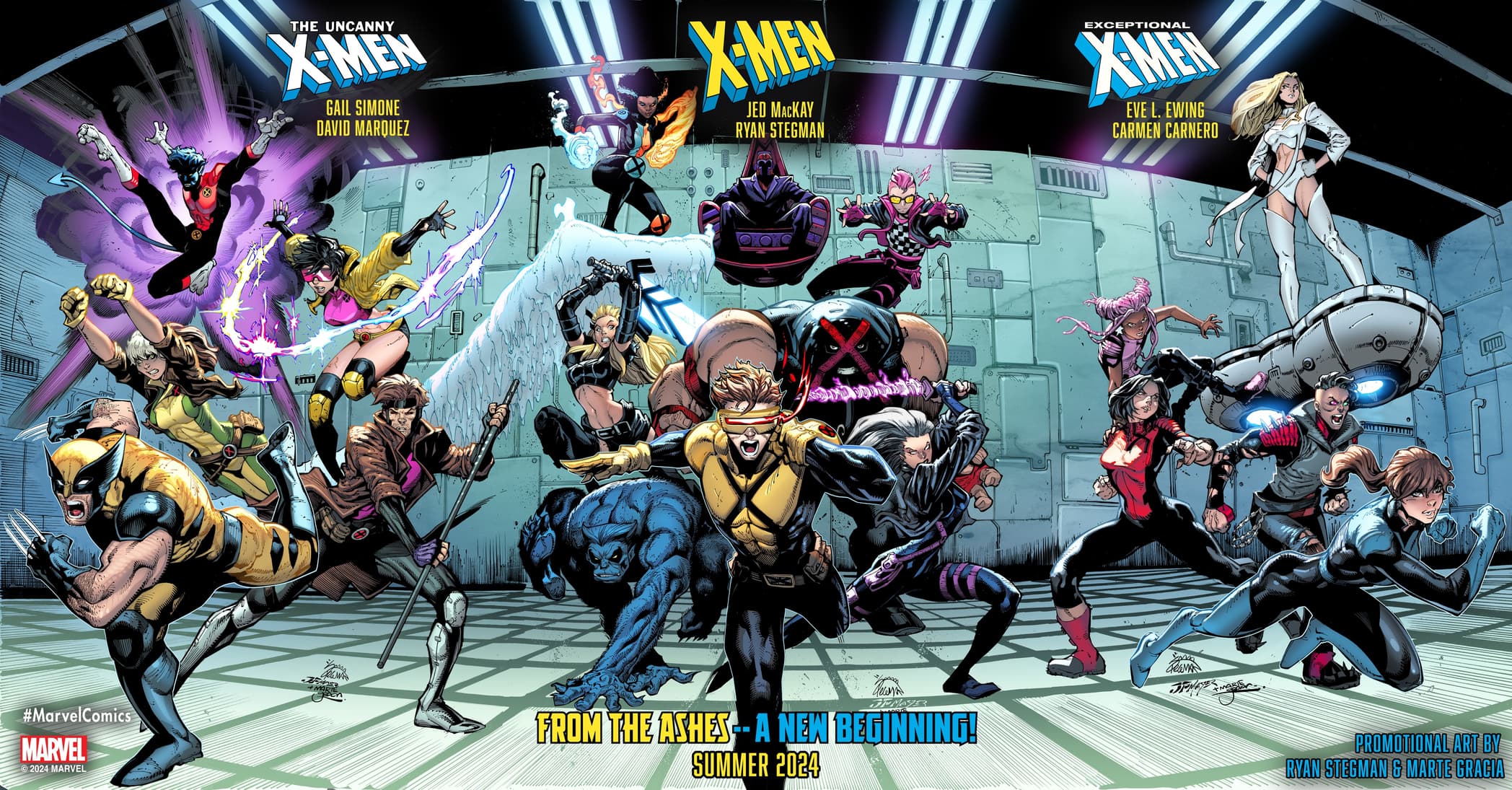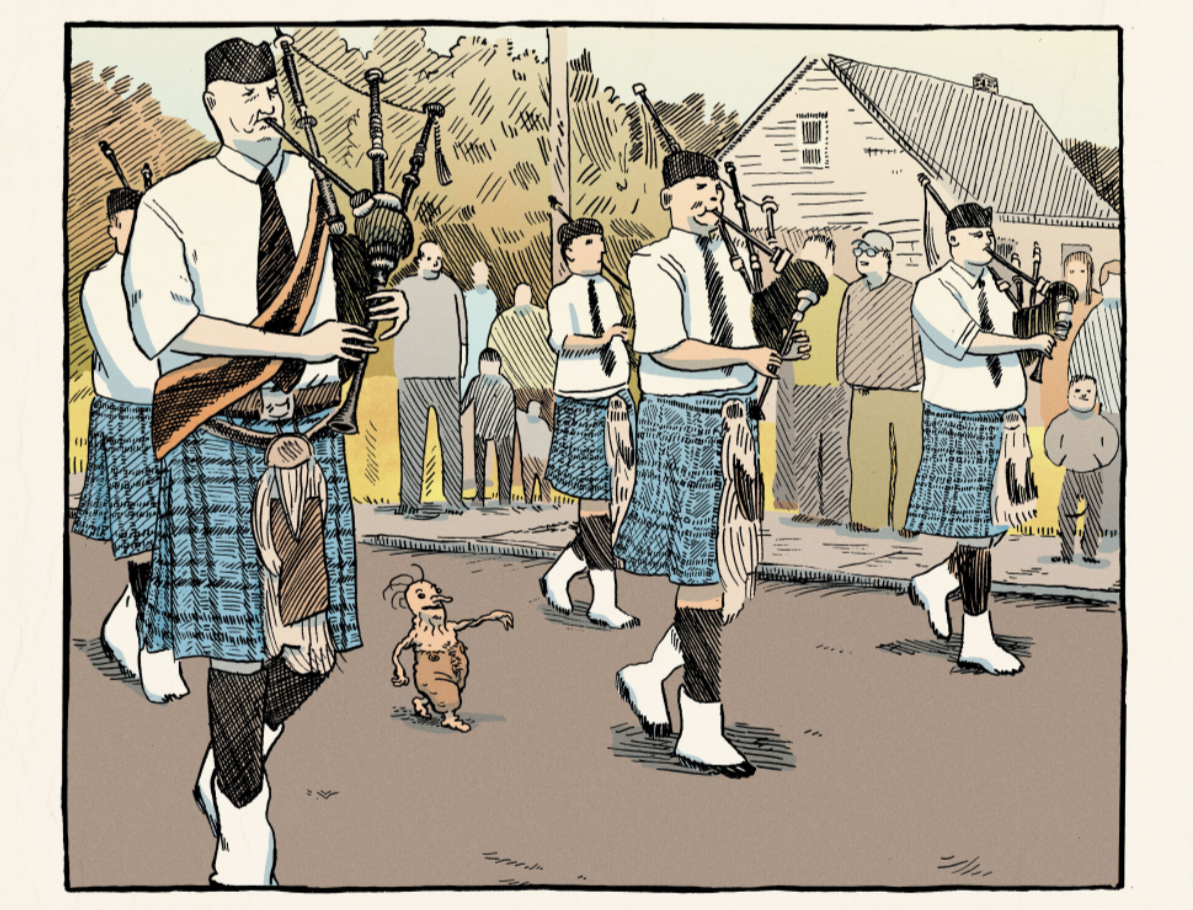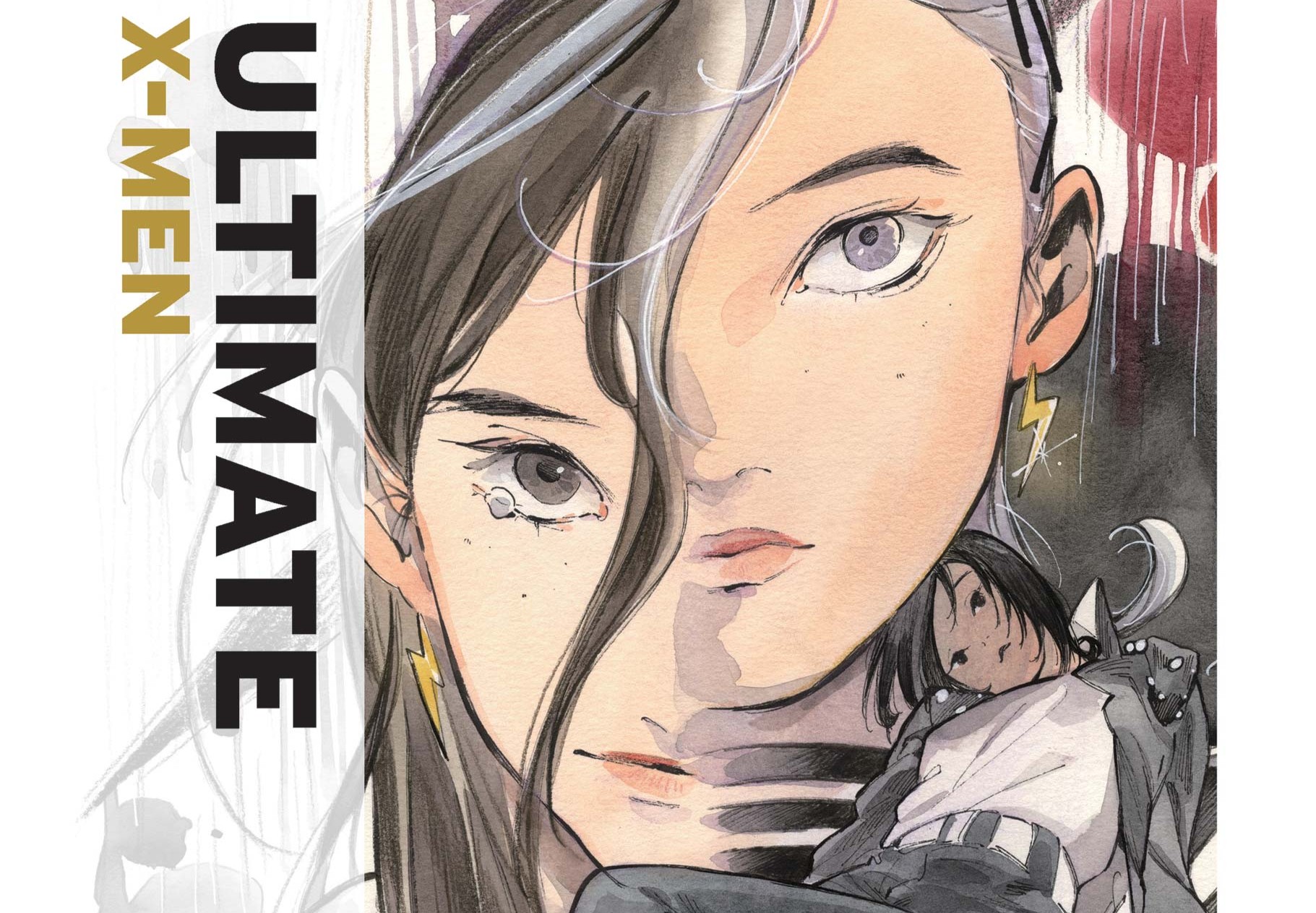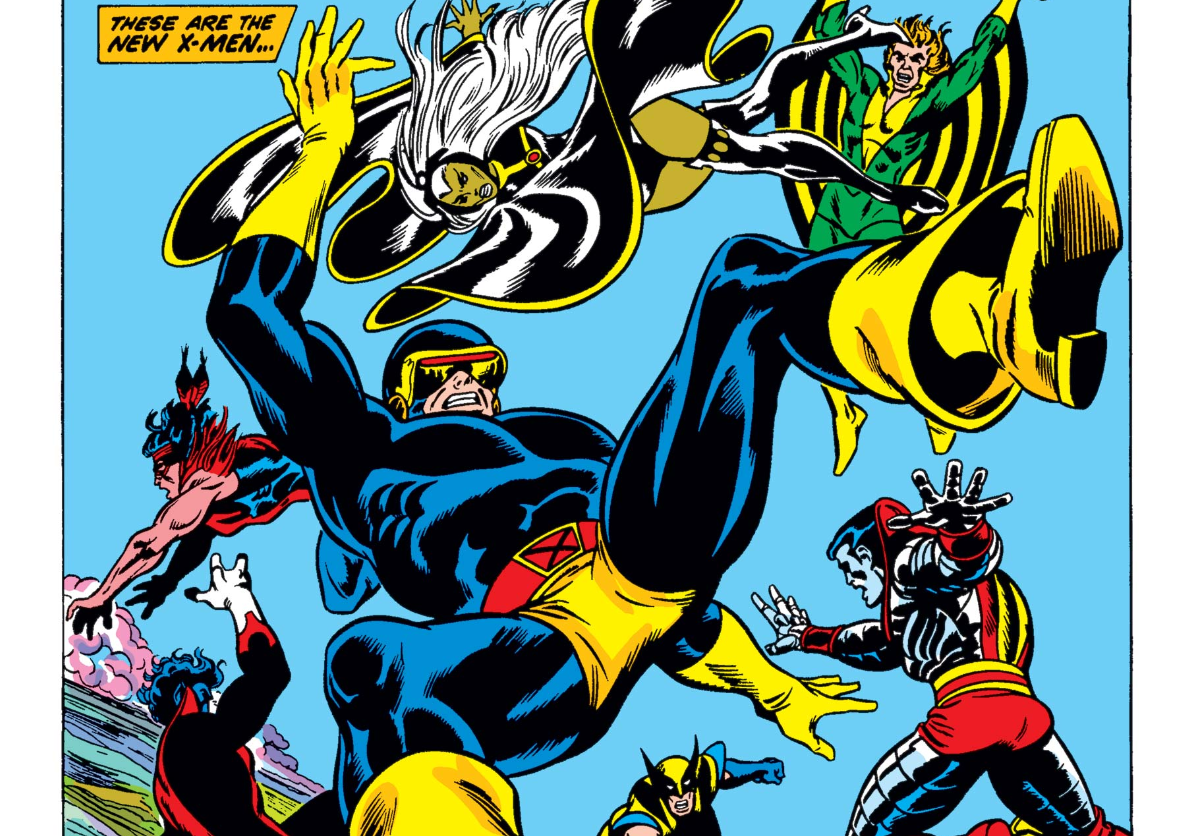Gail Simone Gets the X-Men
Reader Reaction

X-Men comics are back in full swing, with multiple new titles debuting this summer and for the rest of the year. In traditional over-complicated comics fashion, there are two X-Men teams, each with their own series, with major players such as Storm and Phoenix leading self-titled ongoings and fan-favorites like Kate Pryde and Ms. Marvel headlining side teams. The pattern of flooding the market and seeing what sticks is tried and tired from the mutant line, though there are a few unprecedented aspects of this relaunch, for better and worse.
Gail Simone is the first solo woman writer to helm the Uncanny X-Men title in its sprawling history. This eyebrow-raising accolade is as much a testament to the author herself as it is a stark reminder of the industry and company’s failings. It is remarkable that men have thoroughly driven the overall line, especially for a series that so heavily relies on the stories and voices of its women characters.
The question for the new Uncanny series is not rooted in metatextual representation, obviously. It is all about the direction of the book and whether it is worth reading. The scattershot of mutant titles that have been coming out in recent months have all suffered from a similar shortcoming: a lack of perceived cohesion. Each title feels isolated, which has to happen when running this many simultaneous stories, but the line has not made it clear why the stories are simultaneous at all.
The ending of the nation of Krakoa forces all the mutants to be divided and scattered to the wind, which logically makes perfect sense within the fictional world. From a narrative perspective, this setup feels calculated and over-engineered, where story beats are dictated by a necessity to create products more than art. In some ways, the From the Ashes era gives the impression of little isolated pockets of characters, each being used as much for market research as storytelling. This is a common fight in creative industries in a profit-driven environment, and it does loom as a possibility over the recent wave of comics. Still, there is plenty to be optimistic about from the inaugural comic of the relaunch.
Gambit, Wolverine, and Rogue are the main characters for issue one, and the comic deliberately spends extended time exploring them. Rogue, in particular, is given plenty of space to be defined as a protagonist. The characterization of Anna Marie going forward seems to consider her past with the intention of not repeating it. Many side characters in X-Men comics get caught in predictable loops, and Rogue can fall into that camp now and then. Throughout the Krakoan age, Rogue felt like she had progressed but ultimately stagnated as the era unfolded. Simone is signaling a path forward for the character that is fresh, at the very least.
Though fresh is not necessarily the word I would use to describe the bulk of the issue. Instead, the adventures presented are quintessentially classic superheroes in their essence. Fighting a beast steeped in weird continuity, followed by sharing an intense soap opera hospital visit, is directly up the alley of X-Men comic books. The trappings are bright and exciting, but the meat of the narrative is in the characters and dialogue, which a portion of readers will appreciate. There is some setup for an overarching conflict, lots of plot establishment, and some surprises thrown in as a hook for further reading.
Without breaking the mold, Simone’s first issue showcases her knowledge of X-Men comics and her ability to work within the space. From the overall outline to the small, quick character moments, the comic consistently succeeds at its goals. Fans might be left wishing for a more significant swing, but it is too early to tell in my opinion. There is little doubt this creative team can produce a well-made X-Men comic, but in a time when graphic novels are thriving outside of the superhero genre, readers are often looking for more.
For the first two-thirds of the book, I got the impression that the story was setting itself up, hitting the known beats effectively before pivoting to introduce a more groundbreaking concept. The ending left the option for a greater narrative, but it far from promised anything.
The ending has the surprise reveal of a brand new lineup of mutant teens that need the three X-Men’s help. This creates a familiar dichotomy of two X-Men teams that are ideologically misaligned, with Cyclops leading a more structured group in Alaska. Continuing the pattern, nothing about this development is terrible, but it has been done before. Whether Simone and team can do it better than before or if they plan to innovate in more exciting ways is yet to be seen. While the adjectiveless X-Men of this era left me feeling unfortunately pessimistic, the Uncanny variety leaves much more to be hesitantly optimistic about. Subversion and more depth to the interconnection of the line are at the top of my wish list.
Citation Station
- Uncanny X-Men (2024), 1, Red Wave, Gail Simone (writer), David Marquez (artist), Matthew Wilson (colorist), Clayton Cowles (letterer).



